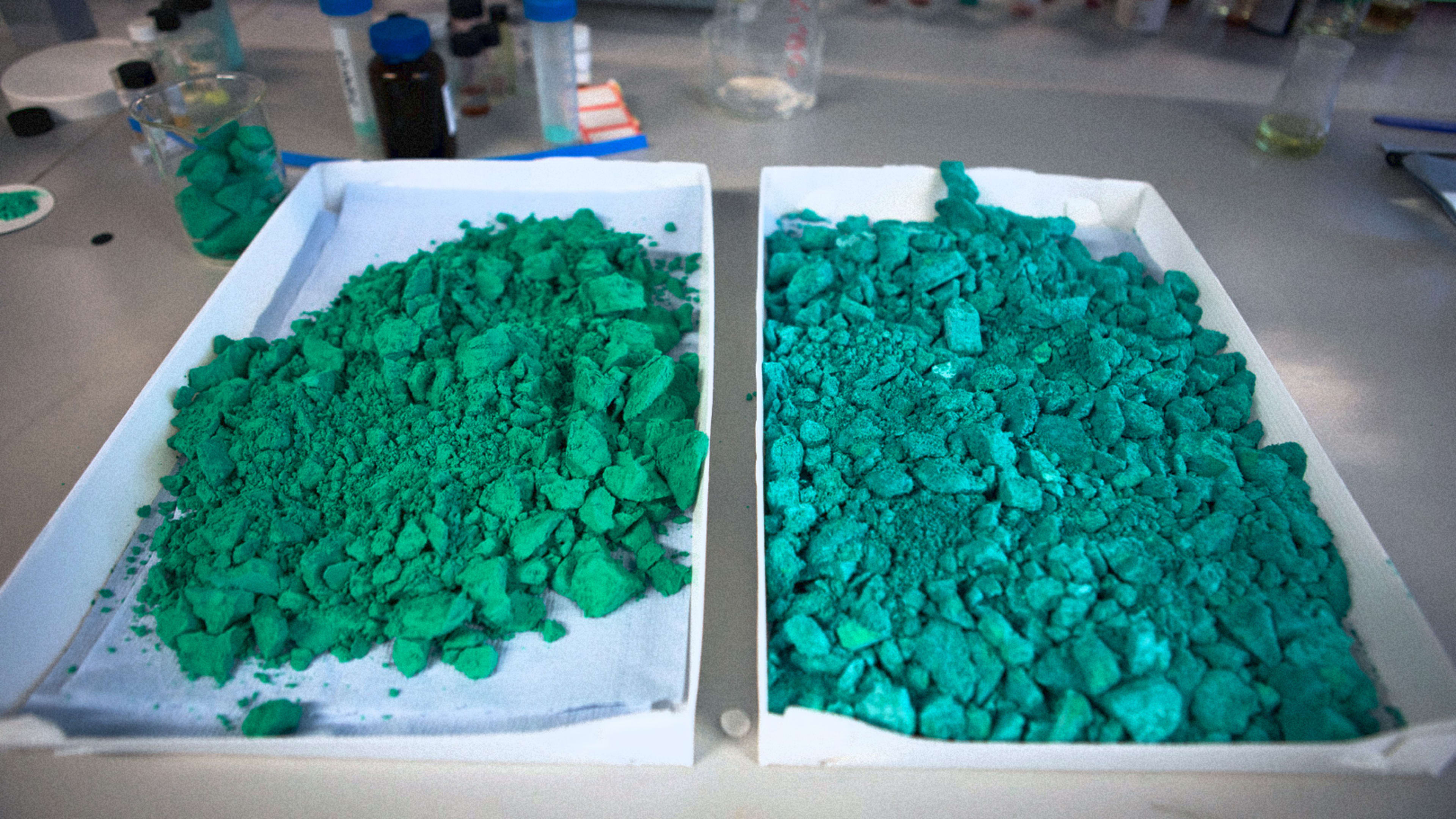In cities hit by drought—including Harare, Zimbabwe, where the city turned off taps in some neighborhoods for weeks this summer—a new material could make it possible to pull clean drinking water directly from the air. The sponge-like nanomaterial, from Ireland’s University of Limerick and a think tank and incubator fund called Molecule, is designed to be used in existing dehumidifiers, where it can help HVAC systems save energy at the same time that it offers a new source of water.
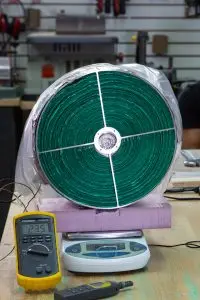
The team recognized that the material could help globally, from Sydney, Australia, to Chennai, India. “The northern half of China and all of India are essentially in a permanent water shortage that’s getting worse,” says Michael Zaworotko, a professor at the University of Limerick who studies crystal engineering. “Before you even start worrying about climate change, there already is a situation where one-third of the world’s population is in an area of severe water shortage. Another one-third are facing water shortages in the next 10 years.”
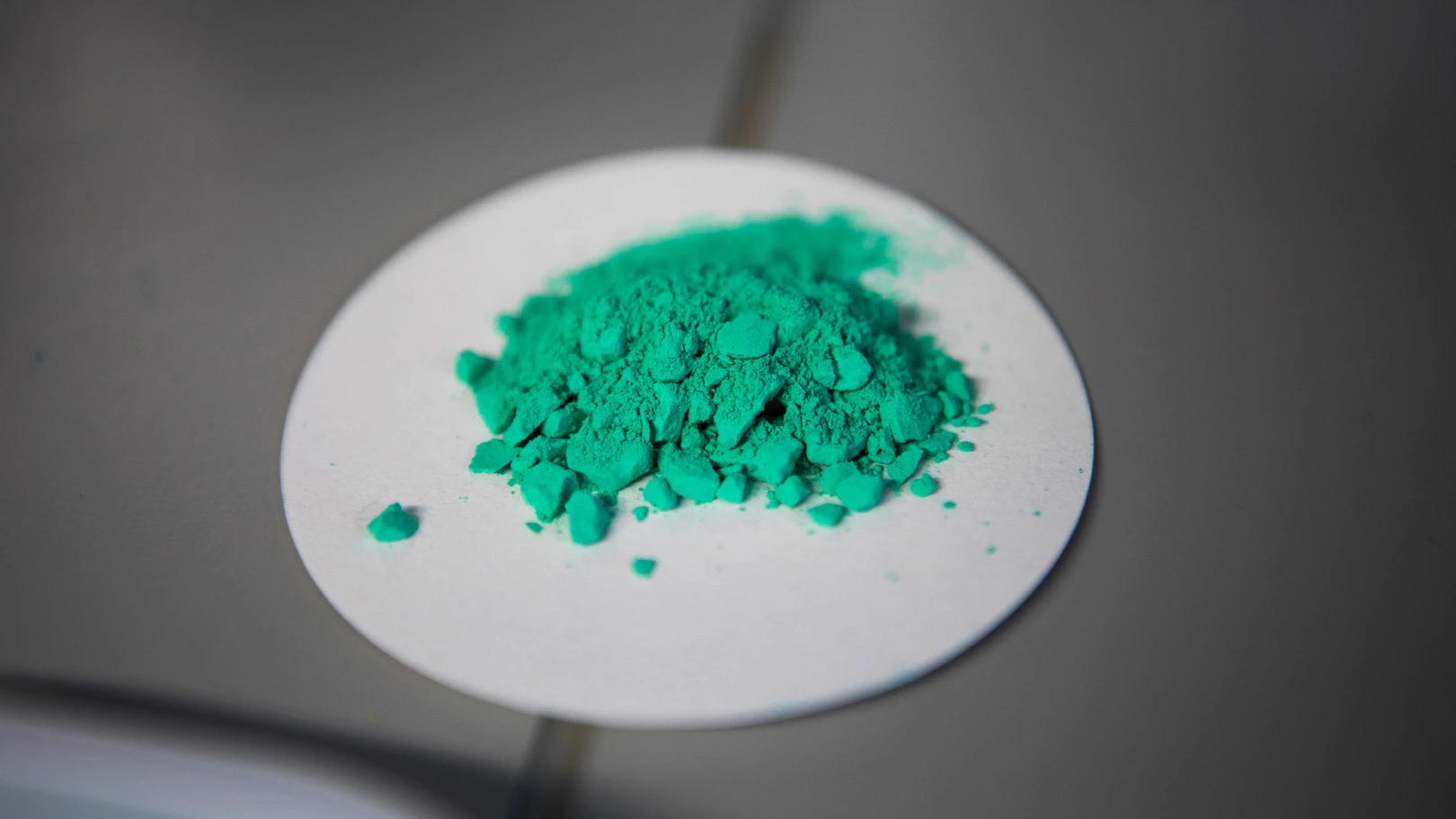
Only one one-thousandth of the world’s water is in the atmosphere, “but it’s everywhere, and it’s infinitely renewable,” Zaworotko says. “If you take water out of the air, it recycles out of the ocean.” Tapping into the atmosphere is a way to circumvent the existing problems of distribution, whether a community is dealing with polluted groundwater or lack of water or a combination of multiple problems.
This isn’t the first attempt to find new ways to harvest water from the air. Zero Mass Water, one startup, designed a rooftop system that uses another nanomaterial to passively absorb water, and then uses solar power to send the water into a reservoir. That system is already installed in places including a children’s hospital in Jamaica. But Molecule, which was researching solutions to the water crisis, thought that it would be possible to do the same thing more efficiently. The organization approached Zaworotko, an expert in this type of material, who screened 30 different materials that his team had previously developed. One performed uniquely well.
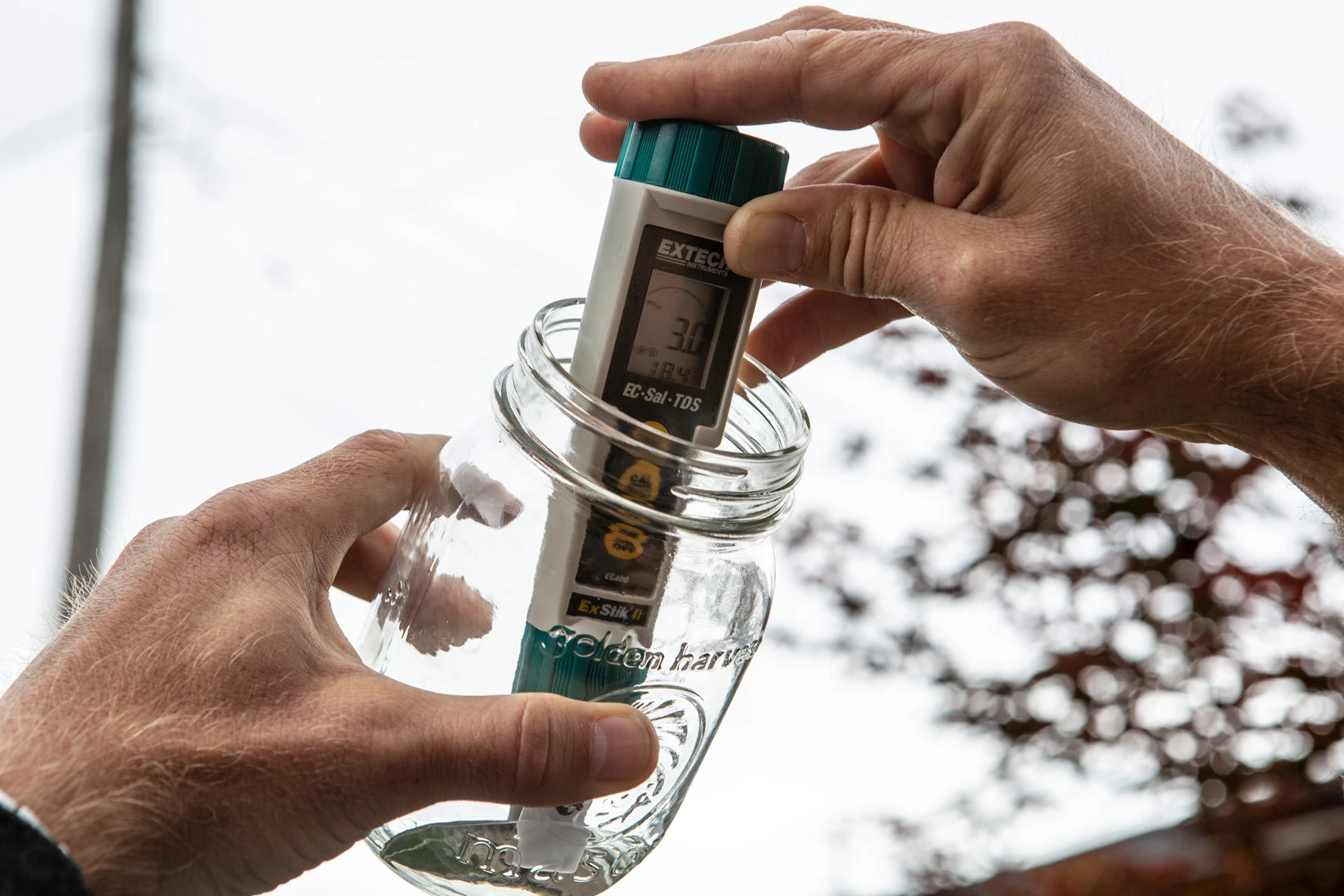
“It’s got three things that you need in a water harvesting material,” says Zaworotko. “It works at very low humidity so it can work in the middle of the desert just as well as in a humid environment. It has a very low energy for recycling, so you don’t have to use a lot of energy to recover the material and capture the water and do what you want with it. And the third one—and this is the one where almost every existing dessicant fails—is how quickly it captures and releases the water.”
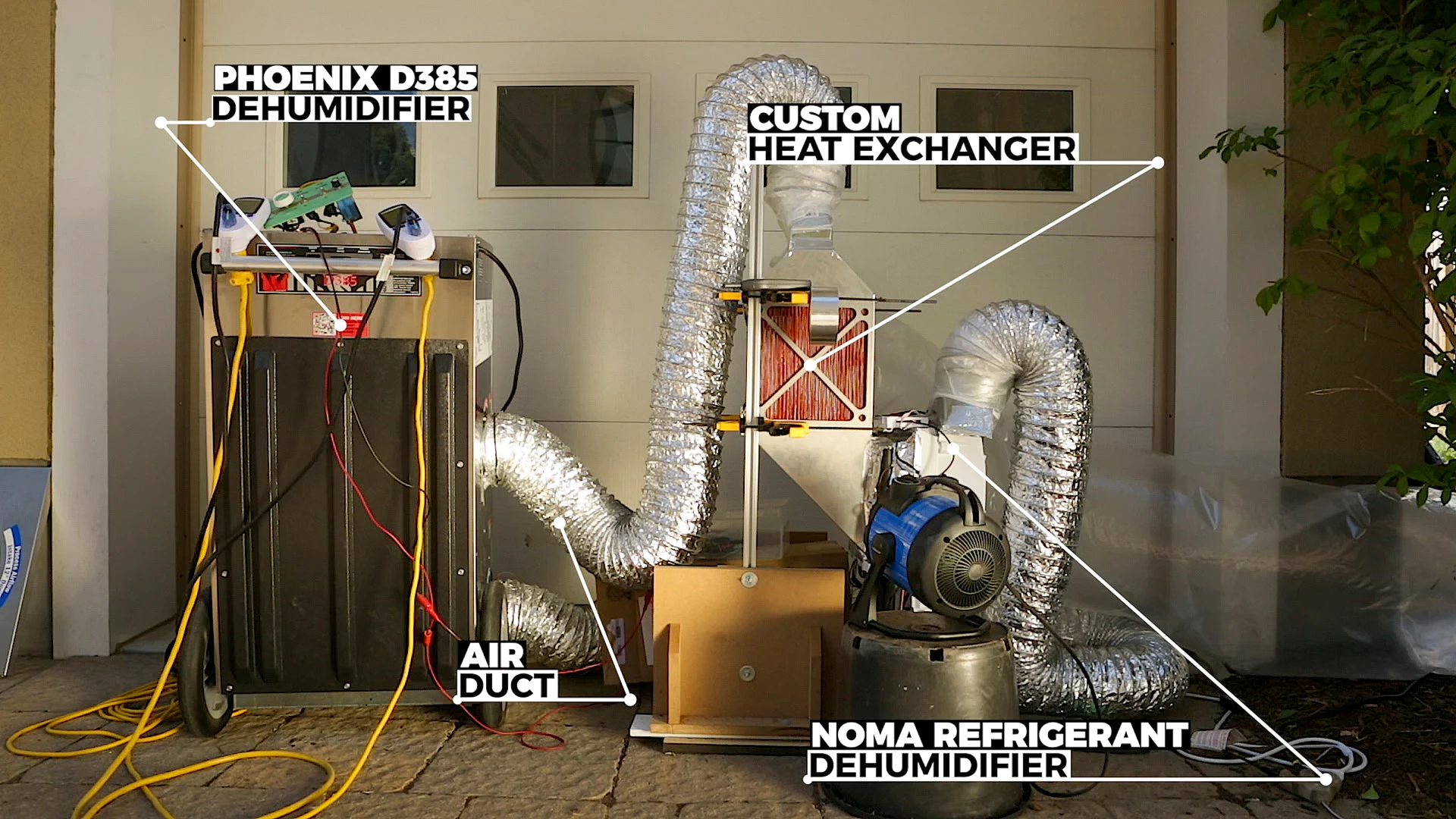
The material, called Regeneration Optimized Sorbent 37 (ROS-037), has tiny holes, each smaller than a nanometer and just the right size to capture water. Inside a dehumidifier on top of a building, it can replace standard dessicants (water-absorbing materials) used today. A standard dehumidifier vents hot moisture outside, but when this dessicant and some refrigeration equipment is added to the exhaust stream, it’s possible to condense that moisture into pure water.
In a test with a prototype and one kilogram of the material, the team was able to produce one liter of water per hour in cold, dry conditions. It’s effective enough that a dehumidifier could produce all of the water that a house uses in a day. Using the material in a large HVAC system on a commercial building could produce thousands of gallons of water an hour.
The material can also help HVAC systems save energy. Buildings consume around 40% of the energy used in the U.S., and HVAC systems are responsible for about half of what buildings use. “In the scheme of an office building HVAC system, the dehumidifier is the biggest energy consumer of that entire system,” says Kurt Francis, chief technology officer for Molecule. “And we can drop the energy used on that new humidifier . . . we’re legitimately stopping carbon before it’s even released.”
Molecule is now working to commercialize the material. A large mall in Southern California may be one of the first to pilot the system. The organization is also developing a small portable unit that can use the material and be powered by solar, wind, and battery power for use around the world. “The beauty is that the technology is super simple,” says Bjorn Simundson, CEO at Molecule. “Because of the material, you can [modify] off-the-shelf dehumidifiers to produce water using just electricity, and it’s fairly light in its power consumption. So doing it as solar- or wind-powered with a battery backup allows you to generate water literally in the middle of nowhere.”
Recognize your brand’s excellence by applying to this year’s Brands That Matter Awards before the early-rate deadline, May 3.
